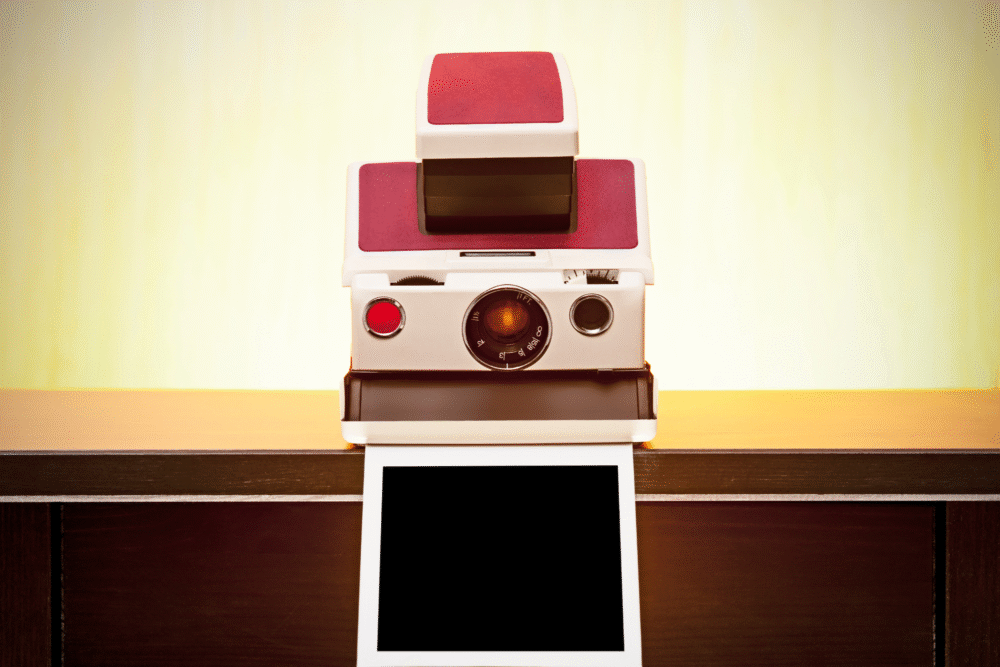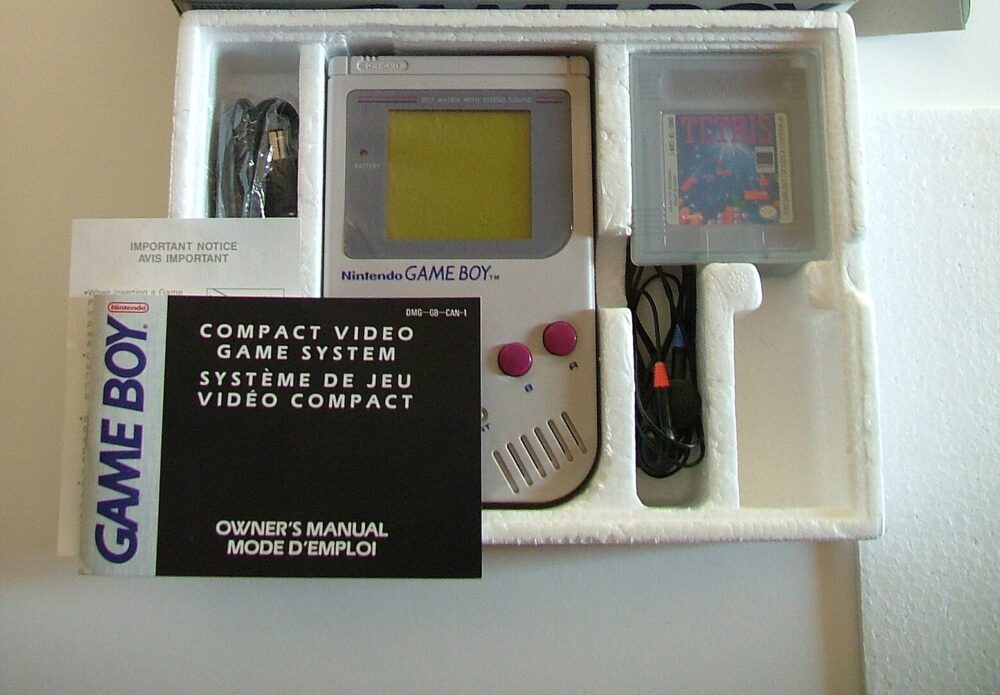The quiet digital rebellion: old-school tech finds new life.

In a world drowning in digital overload, a new generation is quietly staging a rebellion. Gen Z, having grown up with the internet as a constant presence, is now craving a break from the relentless stream of notifications and information. Their solution isn’t to go completely off the grid, but rather to embrace the low-tech, retro gadgets of a bygone era. These once-obsolete devices offer a new kind of freedom—a focused, intentional experience free from the tyranny of the “always-on” digital world.
This isn’t just a trend; it’s a movement toward mindfulness and simplicity. Gen Z is proving that sometimes, the best way to move forward is to look back, finding a surprising sense of peace and creativity in the technology of the past.
1. Film cameras are capturing moments with intention.

In a world of unlimited digital photos, Gen Z is rediscovering the magic of film cameras. The need to be selective about what you shoot, the tangible process of developing film, and the beautiful, imperfect quality of the final photos offer a more intentional and creative experience.
This shift is a reaction to the overwhelming nature of digital photography, where thousands of pictures are taken and rarely looked at again. With film, every shot is a conscious choice, and the final result is a physical object that holds more meaning than a file on a hard drive.
2. Vinyl records are making music a ritual.

Streaming music offers instant access to everything, but it often lacks a sense of ceremony. Gen Z is gravitating toward vinyl records, not just for the nostalgic sound quality but for the ritual of listening. The act of choosing a record, carefully placing it on the turntable, and listening to an entire album from start to finish is a mindful experience that forces you to slow down and appreciate the music.
This return to vinyl is a rejection of passive listening in favor of a more engaged and active form of musical appreciation. It’s about creating a moment, not just a soundtrack, and truly connecting with the artist’s work.
3. Flip phones are a break from the digital world.

For a generation that has never known life without a smartphone, the flip phone offers a radical sense of freedom. By using a flip phone, Gen Z can still stay connected with calls and texts, but they are liberated from the constant pull of social media, emails, and notifications. It’s a way to be present in the real world without feeling completely cut off.
This trend is a conscious choice to simplify and focus on what truly matters. The limitations of a flip phone force you to engage with your environment and the people around you in a way that a smartphone-addicted world rarely allows.
4. Disposable cameras are bringing back the element of surprise.

Similar to film cameras, disposable cameras offer a unique, low-tech way to capture memories. The inability to see your photos immediately and the anticipation of waiting for them to be developed adds a magical element of surprise. The pictures often have a nostalgic, vintage quality that can’t be replicated with a digital filter.
The disposable camera provides a fun, carefree way to document a summer party or a road trip without the pressure of taking the perfect shot. It’s a spontaneous and unedited look at a moment in time, a refreshing change from the polished perfection of Instagram.
5. Cassette tapes are offering a tangible way to create playlists.

The mix tape was a labor of love, a curated collection of songs that was a personal message to a friend or crush. Gen Z is now discovering the joy of cassette tapes, not just as a way to listen to music but as a creative outlet. The act of recording songs and creating a physical object is a deeply personal and thoughtful process.
This return to the mix tape is a rejection of the impersonal nature of digital playlists. It’s about creating something tangible and meaningful, a piece of art that shows a real effort and a true connection.
6. Polaroid cameras are instantly capturing real-time memories.

The Polaroid camera is the original instant gratification machine, but with a low-tech twist. The ability to take a photo and watch it develop right in your hands is a truly magical experience. Each photo is a unique, one-of-a-kind object, a physical memory that you can hold and share with friends.
In a world where digital photos are endless and often forgotten, the Polaroid offers a beautiful sense of permanence. It’s a way to capture a moment and have a tangible reminder of it immediately, without the need for a screen or a printer.
7. Handheld video games (Game Boy) are a nostalgic escape.

Before smartphones, handheld gaming was all about the Game Boy. Gen Z is now seeking out these old-school consoles, not just for nostalgia but for the simple, focused gameplay they offer. The lack of internet connectivity and social features makes the experience a purely solitary and engaging one.
This return to retro gaming is a rejection of the complex, always-online world of modern gaming. It’s about a return to the roots of what makes games fun—a challenging puzzle or an engaging adventure that you can enjoy without any distractions.
8. Pagers are a quirky way to stay connected.

For a generation that has never known life without a smartphone, pagers offer a quirky and retro way to stay connected on your own terms. Pagers are a more deliberate form of communication, where you have to call someone back to get the message. It’s a way to receive urgent alerts without the constant stream of notifications.
This trend is a fun and ironic way to push back against the constant demands of a smartphone. It’s a way to say, “I’m connected, but I’m in control,” and it’s a great conversation starter.
9. Vintage landline phones are finding their way into homes.

While not a portable tech, the vintage landline phone is making a surprising comeback among some members of Gen Z. It’s a nostalgic object that adds a retro flair to a home, but it also serves a practical purpose. A landline is a direct line to a friend or family member without the distractions of a smartphone, and it offers a more intentional way to communicate.
This trend is about creating a sense of separation and intentionality. It’s a way to have a direct, focused conversation without the pressure of a text message or a social media update, a classic way to connect in a modern world.
